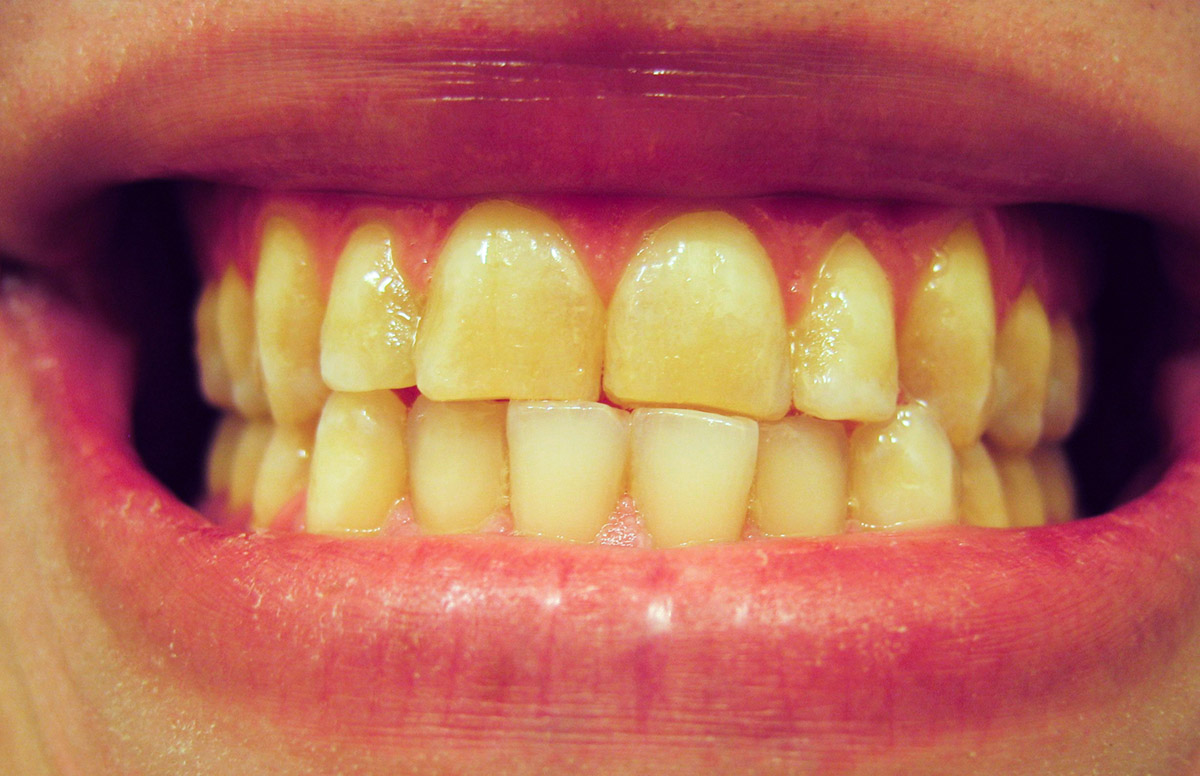
Definition of Bruxism
Bruxism is a certain type of medical condition which is characterized by clenching of the jaw and grinding of the teeth. This oral parafunctional activity affects a large number of people everywhere around the world and it actually got its name from the Greek word brygmos which roughly translates to gnashing of teeth. Bruxism is mild in most cases, but it is sometimes a nocturnal activity which may lead to development of various health issues. For those who do not know, bruxism is also among the most common sleep disorders known to man.
Causes of Bruxism
Bruxism is nothing more than a habit, contrary to the popular belief that it is a reflex chewing activity. All different types of reflex activities occur only as a response to a certain stimulus which does not involve any subconscious brain activity, and this is not the case with bruxism. Brain controls the clenching and chewing either by complex conscious or subconscious processes, and bruxism is one of the subconscious processes which occur during sleep.
There are numerous different causes and contributing factors which may lead to the onset of bruxism and these may include anxiety, digestive ailments, trauma or allergic reactions, among others. The list of contributing factors includes obsessive compulsive disorder, Parkinson’s disease, Huntington’s disease and hypersensitivity of the dopamine receptors in the brain. Use of GABA inducing analogues, amphetamines, drugs and stimulants, high levels of stress, high levels of anxiety, smoking, high levels of alcohol in the blood, high levels of caffeine in the blood, malocclusion, disturbed sleep patterns and numerous different types of sleep disorders.
Symptoms and Diagnosis
The most common symptoms of bruxism may or may not include painful jaw, sore jaw, insomnia, neck pain, gum recession, tinnitus, loose teeth, migraines, headaches, eating disorders, earache, depression, tension, stress and anxiety. Bruxism obviously leads to the development of numerous different types of dental problems as well. These dental problems usually involve gum recession, tooth loss, occlusal trauma, dental damage, tooth fractures, dental abfractions, abnormal wear patterns of the occlusal surface and occlusal trauma.
Bruxism in some cases may lead to additional medical complications such as headaches, temporomandibular joint dysfunction, myofascial pain and severely accelerated abrasion of the teeth. All of this may even lead to arthritis as well. Since bruxism is not the only known cause of teeth wear the condition is sometimes very hard to diagnose. The best way of diagnosing bruxism is by using a certain method called electromyography which measures the electric signals from the muscles used for chewing. Another method used in the diagnosis of bruxism is the so called biofeedback headband. Some cases of bruxism may require the use of both different types of diagnostic methods in order to diagnose the condition properly.
Treatment
Bruxism needs to be diagnosed as soon as possible, and when the exact cause is pinpointed early on, the condition can be treated fairly easily by using certain conventional types of treatment methods. If the condition does not get diagnosed early on, it develops into habitual bruxism which usually requires habit modifications in most cases.
Dental splints and guards are devices which are used mainly due to the fact that they are highly efficient in reducing the abrasion of teeth. Dental guards are usually made of plastic and are designed so that they can be placed on the patient’s lower teeth, upper teeth or both. They are very efficient in preventing the abrasion and reducing the muscle strain because they make the movements of the jaw much easier. They also come in very handy when it comes to revealing the patterns of bruxism, preventing the teeth from getting damaged, minimizing the changes to the positions of the teeth, and reducing the risk of temporomandibular joint damage. Dental guards cannot be observed as the cure for the bruxism.
The repositioning splints are very efficient in changing the bite and the occlusion of the patient. Another excellent option for those who suffer from bruxism is a nociceptive trigeminal inhibitor dental guard which needs to be snapped onto the front teeth. Its main purpose is to prevent the overlapping of the upper and lower front teeth and translate the bite force into a forward twisting of the lower front teeth. By doing so, the brain gets tricked into thinking that the nerve sensations which occur during the aforementioned process are undesirable so it reduces the clenching force. There are also numerous biofeedback devices available on the market such as biofeedback headbands and devices which administer mild electric shocks in response to muscle contractions. Some other types of therapies rely on stimulation of the taste buds. Several other devices on the market are designed to force the user to breathe through the mouth instead of nose. Botox is another popular treatment method for those who suffer from bruxism but it may sometimes involve certain severe side effects. Dietary supplements such as calcium, magnesium or pantothenic acid may also be helpful to a certain extent.




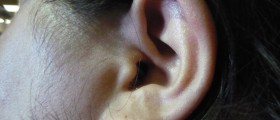
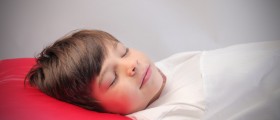
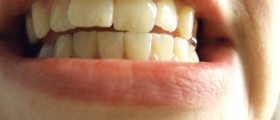
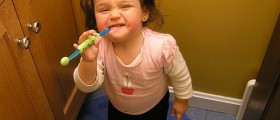
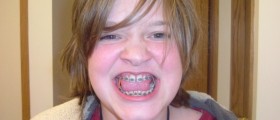
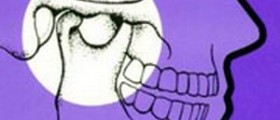

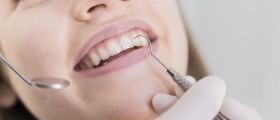
,-Don't-Ignore-Receding-Gums_f_280x120.jpg)


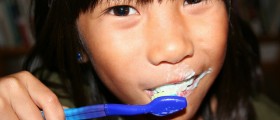

Your thoughts on this
Loading...